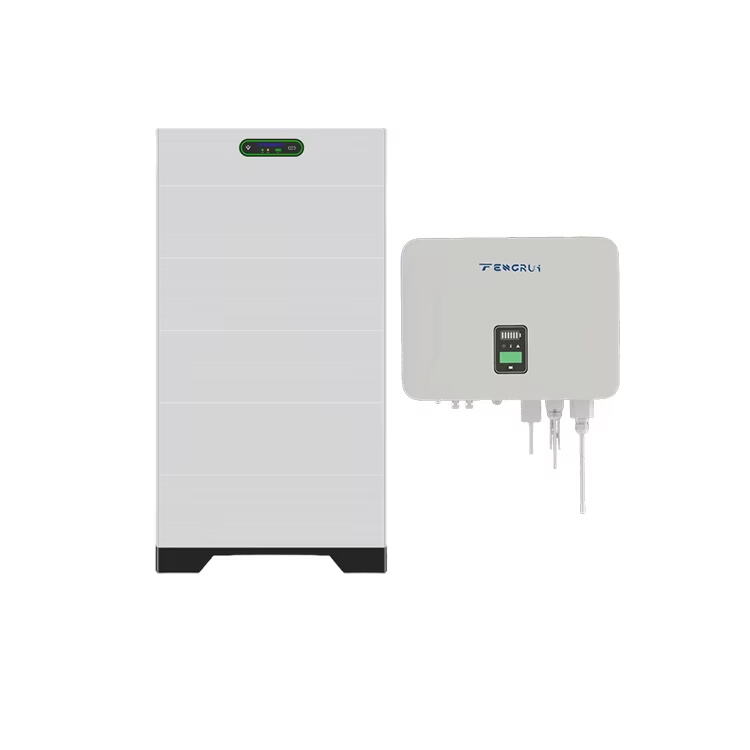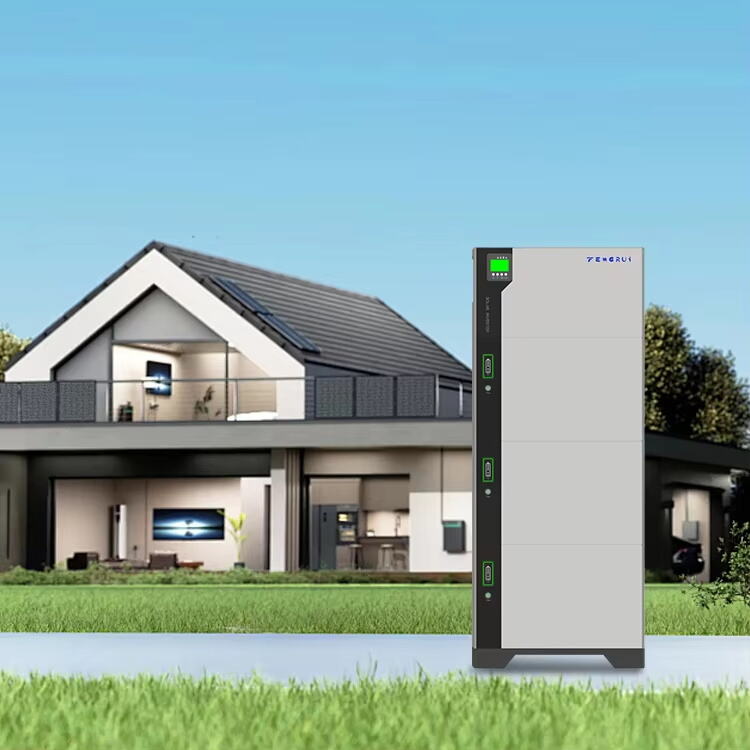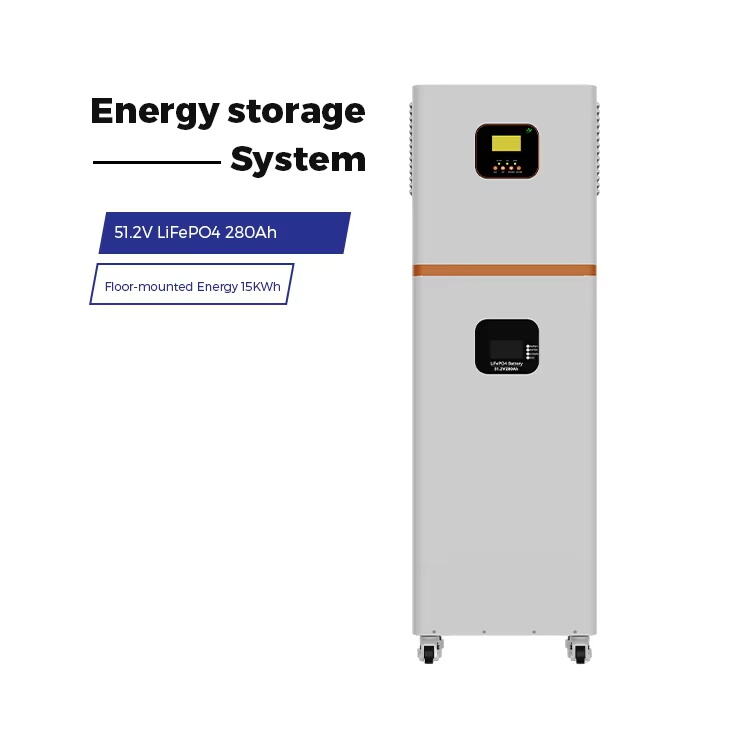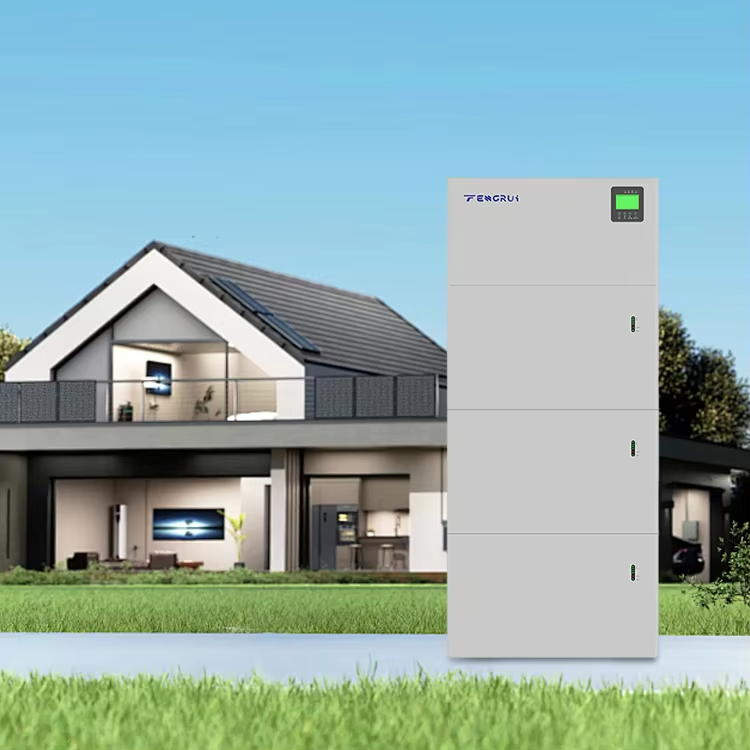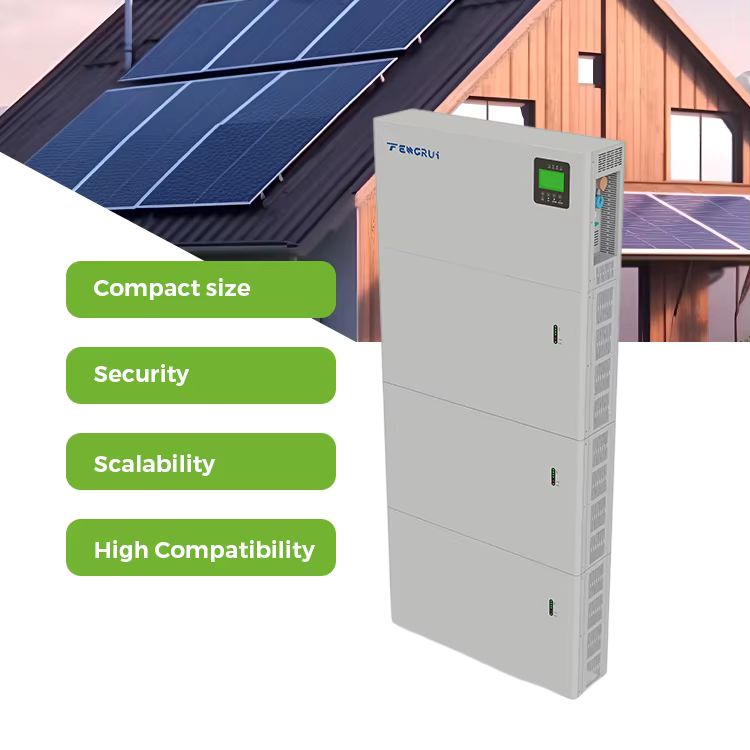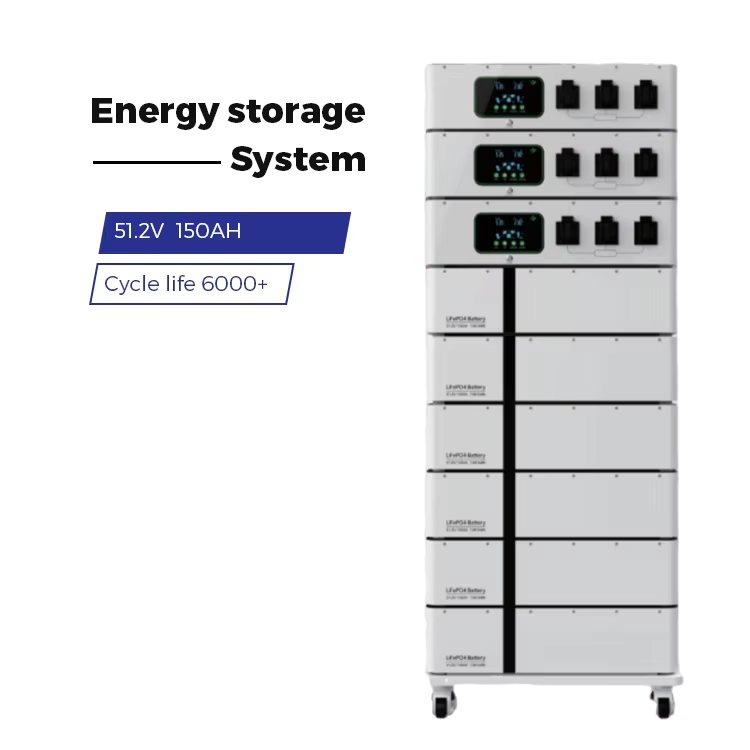battery power storage
Battery power storage systems represent a revolutionary advancement in energy management, offering a sophisticated solution for storing and utilizing electrical power efficiently. These systems capture electricity during off-peak periods or from renewable sources, storing it for use when demand is high or during power outages. Modern battery storage solutions utilize advanced lithium-ion technology, providing enhanced energy density and longer operational lifespans compared to traditional storage methods. The systems integrate seamlessly with both residential and commercial power networks, featuring smart monitoring capabilities that allow real-time management of energy flow and consumption patterns. Key components include high-capacity battery cells, power conversion systems, and sophisticated management software that optimizes charging and discharging cycles. These systems can scale from small residential units to large-scale utility installations, making them versatile solutions for various energy storage needs. The technology incorporates safety features such as thermal management systems and overcharge protection, ensuring reliable operation under diverse conditions. With their ability to provide backup power, peak shaving capabilities, and support for renewable energy integration, battery power storage systems are becoming increasingly essential in modern energy infrastructure.






